Essex County Country Club
With one of the best-regarded back nines in New Jersey, Essex County Country Club offers a unique mixture of influences from A.W. Tillinghast, Seth Raynor, and Charles Banks

West Orange, New Jersey, USA
A. W. Tillinghast (original design, 1917) Seth Raynor & Charles Banks (redesign, 1926), Gil Hanse (renovation, 2024)
Private
$$$
Formed in 1887, Essex County is New Jersey’s oldest country club. By 1900, an 18-hole Alex Findlay golf course had formed. Years later the club moved a few miles to its current location where budding architect A.W Tillinghast designed and built the course atop a massive hill. Tillinghast’s design gained attention quickly and helped springboard his career to projects at Winged Foot and San Francisco Golf Club.
Amid the booming golden age of golf architecture in the 1920s, Seth Raynor was brought in to expand the club to 36 holes. Raynor’s plans included 11 new holes and maintained seven from Tillinghast’s original design (Nos. 1-6, 9). Alongside this redesign of the original course, a “lower course,” Francis A. Byrne Golf Course – which became public in the 1960s and was sold off to the county in the 1970s – was built. Following Raynor’s death in 1926, Charles Banks carried out his design plans and completed the course later that year. In 2004, the club continued its tradition of working with an up-and-coming architect and hired Gil Hanse to create a long-term master plan. Twenty years later, a large-scale renovation was carried out by Hanse Golf Design to redesign the first hole, rebuild all the bunkers (and reinstate some lost ones), and add drainage.
Essex County Country Club (ECCC) is the definition of old school. Much of the design is original and maintains that vintage look because earth moving was only utilized to build bunkers, mounds, and green pads. This type of construction method allows the natural undulations of the landscape to shine and creates bold golf holes that play over steep slopes. Since most of the front nine predates the back nine by 10 years, it certainly has a slightly different look and feel to the typical overt nature of Raynor and Banks golf courses. The severity of the land creates even more distinction between the two nines. The final nine is often referred to as “the best back nine in New Jersey” as its rolling topography creates many dramatic holes, including several Macdonald-Raynor templates.
{{content-block-course-profile-essex-county-country-club-001}}
Take Note…
The Great Inventor. Interestingly enough, Thomas Edison, the inventor of the incandescent lightbulb, was a member of Essex County Country Club.
Aloha. A unique tradition of ECCC is the “aloha bet,” which can be applied on the 18th hole for double or nothing. This tends to make things very interesting considering the final hole is a 490-yard par 4 with approach shots playing uphill over 40 feet.
Favorite Hole
No. 5, par 4, 468 yards
While the land on the front nine is much less dramatic than the back, Tilly draped the fourth and fifth holes over the ground in a clever way that places the greens on the backside of the gently sloping hills (Walter Travis regularly did this on his designs). This creates consecutive holes where you are required to run the ball onto the green by landing well short of the putting surface. These types of fallaway greens are often my favorite because they ask such a radically different question for your approach shot than the majority of shots you hit across the round.
Favorite Hole
No. 5, par 4, 468 yards
While the land on the front nine is much less dramatic than the back, Tilly draped the fourth and fifth holes over the ground in a clever way that places the greens on the backside of the gently sloping hills (Walter Travis regularly did this on his designs). This creates consecutive holes where you are required to run the ball onto the green by landing well short of the putting surface. These types of fallaway greens are often my favorite because they ask such a radically different question for your approach shot than the majority of shots you hit across the round.
In the case of the fifth hole, a large triplet of cross bunkers bisect the fairway about 75 yards out and begin a downslope of 10-plus feet to the green. This forces you to land the ball well short of the green to stay on the putting surface and inherently allows for a variety of creative approach shots. The length of the hole at 468 yards leads you to play two or three clubs short of your normal carry distance due to the slightly lower trajectory of mid-long irons. Watching the ball land 20-50 yards short of the green and trundle along the ground towards the flag is one of the most thrilling shots in golf, and No. 5 might be the best example I’ve ever seen.

{{content-block-course-profile-essex-county-country-club-002}}
Overall Thoughts
Essex County is the epitome of a mutt. The course is part Philadelphia School member, part Protégé, and part “Steam Shovel” (Banks). Like many great mutts it has a well-balanced temperament–protective, intelligent, and playful.
The combination of varying design styles after the tragic passing of Raynor suggests the course would look and feel more like Frankenstein’s monster, but it’s rather the opposite at ECCC. The design builds upon itself with increasing levels of drama without ever feeling like too much of a departure from its overall identity. Part of what creates this harmony is how each hole matches the interests of the land it occupies. Gentle, sophisticated, and intrinsic on the mellow land while heroic, aggressive, and strategic on the tumultuous land. In addition, there is a seamless transition between the two architectural styles with Raynor/Banks holes on Nos. 7 and 8 and a very Raynor-styled Tillinghast ninth hole before diving in head first to the Raynor back nine.
While the back nine may be the show stopper, the front has equally interesting holes. The round begins with a gentle opening stretch that warms you up and introduces the old-world style of golf. These holes utilize the land to derive interest alongside flanking bunkers and vertical mounding. Since the land on the north side (front nine) has much longer slopes, the holes in turn feel slightly less dramatic. But as I touched on earlier, the use of fallaway greens and strategic bunkering keeps the mind engaged. The seventh and eighth holes, built by Banks, begin to leak down towards the southern side of the property where the hills become more choppy and dramatic and preview what’s to come.
Upon making the turn, the pedal hits the metal for the final nine. Here the land suddenly becomes very bold as holes traverse up and down large hillsides. The routing itself keeps players on their toes as it flip-flops between uphill and downhill holes. Here is the change in elevation from tee to green on the back nine, which creates a variety of template holes that I’ve yet to see elsewhere.
- No. 10: Down 68 feet
- No. 11: Up 13 feet
- No. 12: Up 52 feet
- No. 13: Down 33 feet
- No. 14: Up 48 feet
- No. 15: Down 39 feet
- No. 16: Up 32 feet
- No. 17: Up 10 feet
- No. 18: Down 8 feet
No. 11, par 3, 208 yards (Eden)
While this may not be the most accurate rendition of the 11th at the Old Course it’s still a fantastic long par 3. Playing over a deep chasm alongside a false front and bunkers on three sides, you must hit a long iron well to find the green.
{{content-block-course-profile-essex-county-country-club-003}}
No. 12, par 4, 463 yards (Road)
This very demanding par 4 plays back over the deep ravine that the 11th traversed. Keeping the ball up the right and taking on the steep fairway dropoff allows for the best angle into the green. This is one of the better road hole templates out there.
{{content-block-course-profile-essex-county-country-club-004}}
No. 14, par 4, 328 yards (Punchbowl)
The amoebic shape of this punchbowl green is unique. Several bunkers clutter the front of the green leaving players with the question of pushing the ball up towards the green risking the penalty or laying back to the base of the hill for an uphill (and often blind) approach.
{{content-block-course-profile-essex-county-country-club-005}}
No. 15, par 3, 255 yards (Biarritz–Redan)
The 15th is certainly the most distinctive rendition of a Biarritz that Raynor or Banks has ever built. To start, you play into the green at a 45-degree angle versus straight on like most Biarritz holes. Additionally, the fairway tilts down and to the left and the green is heavily built up creating a Biarritz swale short of the putting surface while also providing a Redan kicking slope that bounces balls towards the center of the putting surface.
{{content-block-course-profile-essex-county-country-club-006}}
No. 16, par 4, 442 yards (Double Plateau)
Outside of the very uphill tee shot, this hole occupies some of the most subtle land on the back nine, which likely convinced Banks to build the undulating putting surface. This is simply an all-time double plateau green with extremely pronounced front right and back left tiers that create wildly challenging lag putts.
{{content-block-course-profile-essex-county-country-club-007}}
No. 17, par 4, 385 yards (Two-Shot Redan)
One of the more uncommon templates in the Macdonald-Raynor repertoire, the 17th provides some reprieve after a slew of challenging holes and a final breath of air before the grueling 18th. A large kicker slope on the front left portion of the green funnels balls towards the back right, allowing players to veer away from the menacing front right bunker.
{{content-block-course-profile-essex-county-country-club-008}}
So is it the best back nine in New Jersey? Who can say. The one thing we do know is the combination of sophisticated low-lying holes from Tillinghast and brash Raynor-Banks holes create a complementary dynamic that’s an absolute joy to play. Had the front nine been just as dramatic and penal as the back, it may have become too severe and punishing, wearing you out before you can reach the 18th green. Furthermore, this being one of the first jobs that Banks had to complete on his own following Raynor’s death could have resulted in a massive failure given his rookie status in golf design. Despite all of these complexities surrounding the design, we are left with a fascinating golf course from the minds of three historic architects.
1 Egg
*Please note that this review and rating is based off of seeing the course prior to the 2024 Gil Hanse renovation.
The dynamism of the two architectural styles alongside the old-school characteristics throughout the course allow it to stand out in such a golf-rich area. A combination of exceptional turf conditions, exciting land, and strategy-packed golf holes makes this course better than the rest. Gil Hanse’s recent renovation work to remove trees, expand greens, and rebuild/add lost bunkers should only accentuate the design further.
Course Tour
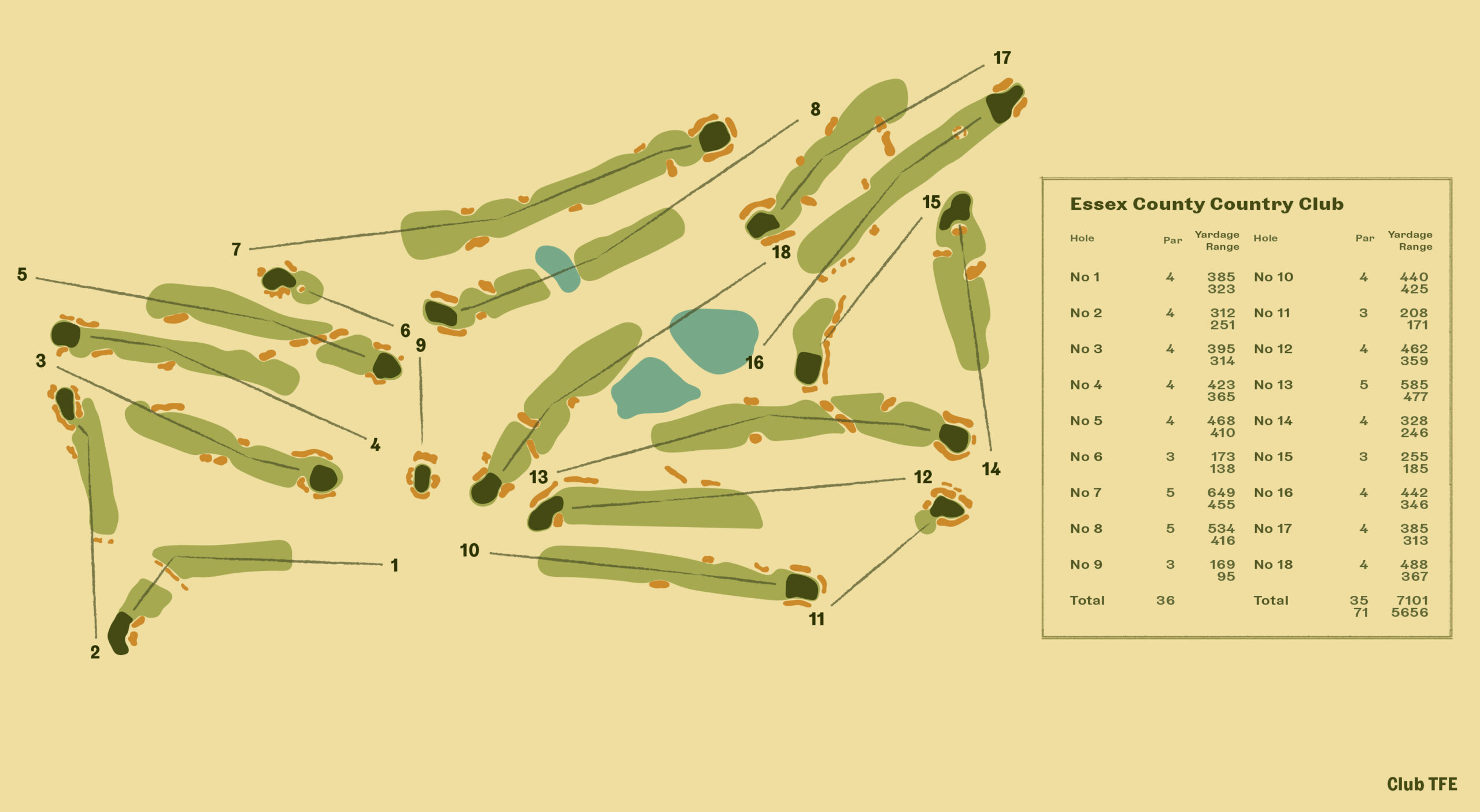
{{content-block-course-profile-essex-county-country-club-009}}
If you want to see how three architects come together in one amazing design at Essex County Country Club, check out our event at Essex on Monday, August 11! Spots remain available for both the event as well as our optional add-on days at Watchung Valley Golf Club (August 10) and Mountain Ridge Country Club (August 12).
Leave a comment or start a discussion
Get full access to exclusive benefits from Fried Egg Golf
- Member-only content
- Community discussions forums
- Member-only experiences and early access to events


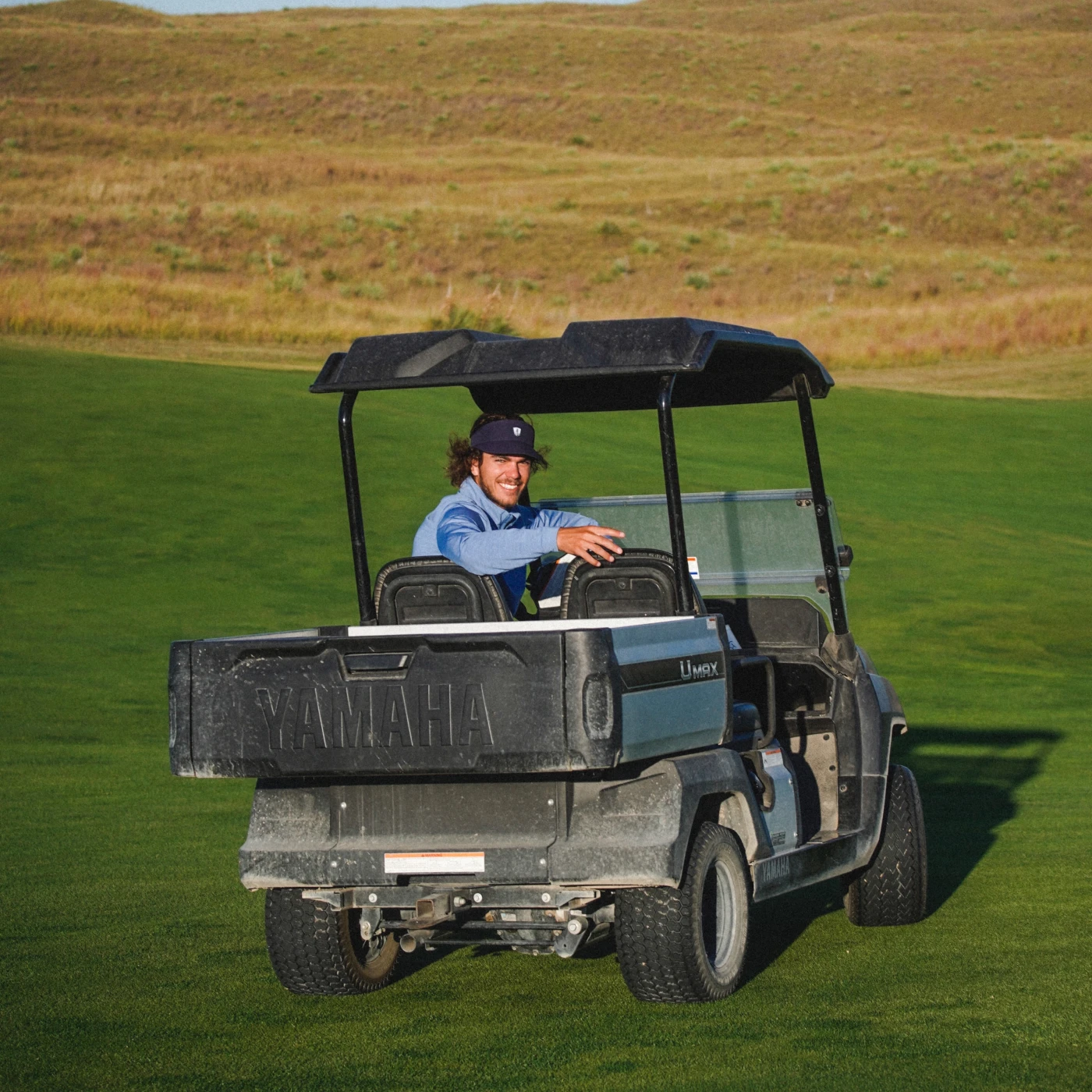
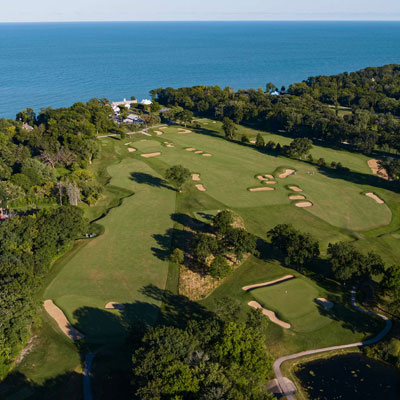
.jpeg)

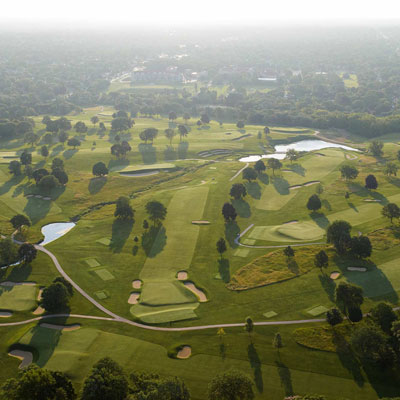







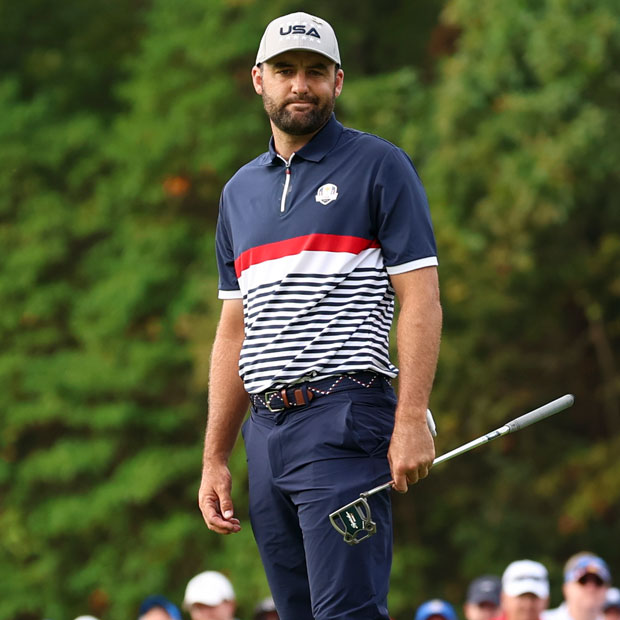
Leave a comment or start a discussion
Lorem ipsum dolor sit amet, consectetur adipiscing elit. Suspendisse varius enim in eros elementum tristique. Duis cursus, mi quis viverra ornare, eros dolor interdum nulla, ut commodo diam libero vitae erat. Aenean faucibus nibh et justo cursus id rutrum lorem imperdiet. Nunc ut sem vitae risus tristique posuere. uis cursus, mi quis viverra ornare, eros dolor interdum nulla, ut commodo diam libero vitae erat. Aenean faucibus nibh et justo cursus id rutrum lorem imperdiet. Nunc ut sem vitae risus tristique posuere.